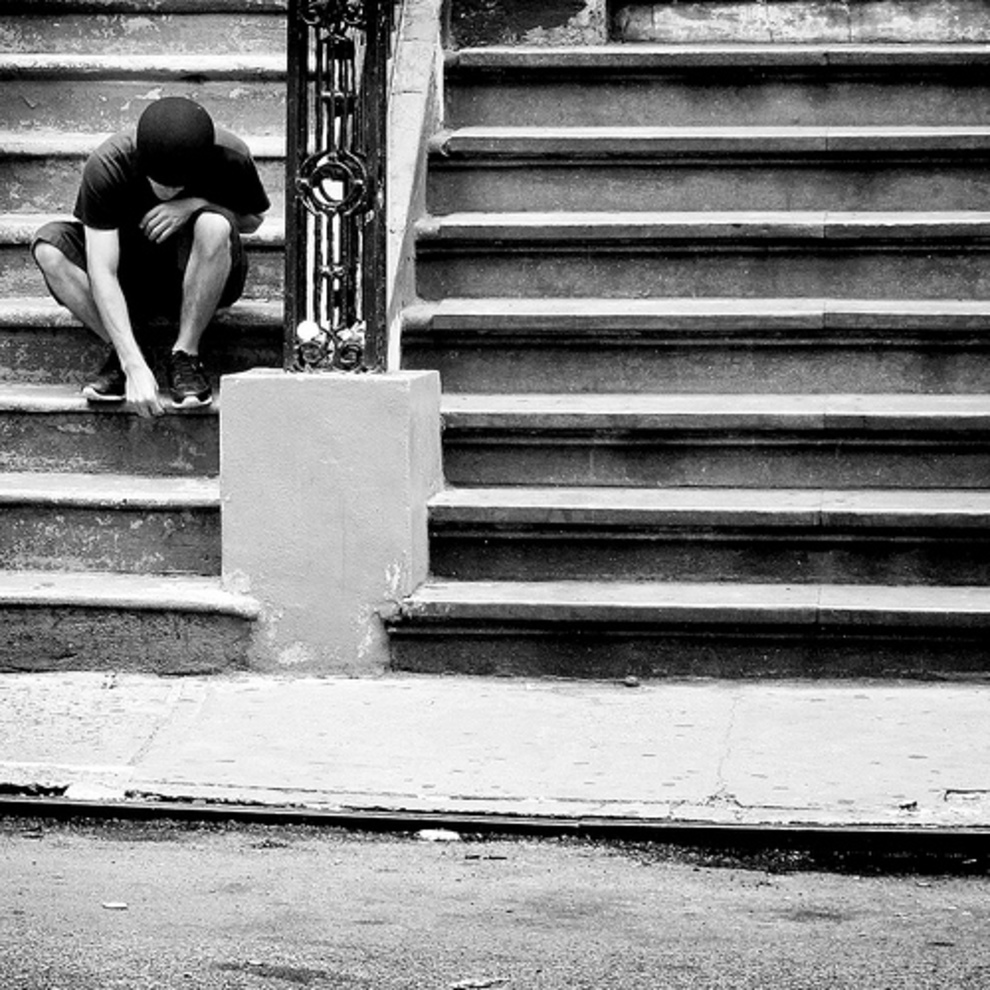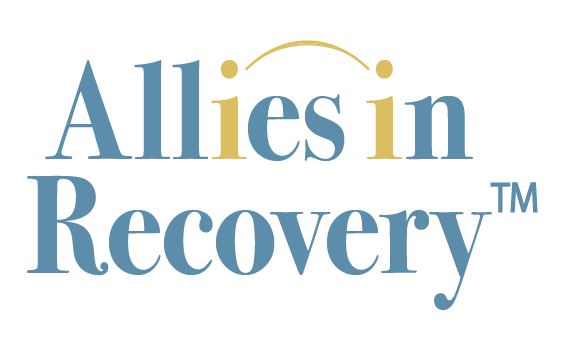Loved One Soon to Be Homeless

mashazak seeks guidance about her Loved One’s living situation. She received a request to vacate her apartment due to numerous complaints, and the family has decided to let this play out as a natural consequence. How can they most effectively use this situation to help her get into treatment?
My 27 year-old daughter has received a letter from the management of her rental apartment with notification of her tenancy termination and a request to vacate apartment by March 1. We (her parents) have been paying rent for the last 3+ years so paying the rent is not a reason for this letter. The problem is multiple complains about screaming, swearing, banging walls as well as numerous police calls from neighbors.
This time we decided to not interfere and to let a natural course of things happen. We need help with the following 3 questions:
1. We are trying to figure out a way to use this situation to make her commit to a treatment. And we don’t know how to do it. And she is refusing to talk to us about it.
2. We don’t believe that she should be leaving on her own and do not want to rent another place. We believe she should be in a residential program, but we don’t know how to make it happen.
3. We are trying to avoid a situation of her coming to leave with us. At the same time, we don’t want her to end up on the street.
Thank you for all your help
Your daughter is being evicted. You don’t want her home. Where can she go? If she doesn’t find somewhere else, she will be homeless starting March 1.
Does your daughter work? What does she use and how debilitating and dangerous is it?
I generally agree to stop paying the rent. This is a moment where you can push for treatment, but it is a moment not of your daughter’s choosing, so it will be difficult. The Learning Modules provide a whole framework for learning how to handle your daughter. Don’t skip this part – it is the bulk of the CRAFT method. But, at the same time, let’s see what this moment can bring.
You will need to research options for her. Most transitional housing will want your daughter to be abstinent for a short period before admission… often 30 days. This means she will need inpatient treatment somewhere to keep her housed and to get those 30 clean days.
On the other hand, homelessness can open doors to treatment. The federal government funds programs that serve homeless people. See the Resource Supplement and our Resource for Finding Treatment. You’ll see we talk about looking at SAMHSA and the programs they fund for people who are homeless. These programs typically are linked to housing and case management. See if there is anything nearby. Reach out to the program and ask who your daughter would need to call to gain admission. Homelessness can also get you priority on wait lists.
The talk with your daughter and your representation of potential treatment options is framed around her being homeless starting March 1. Where can she go? Start the list with shelters (since she is not interested in treatment), but continue the list with treatment options.
Explain that going forward the money you do have is being saved to pay for treatment. Something like this:
Losing your place is a crossroads. I can’t continue to pay your rent somewhere else. The time has come where I have reached out for help, since I am so terribly worried for you, it is making me sick (worried, exhausted)… Here is a list of options I have worked up. I will pay for treatment (x y z). This place (point to the homelessness programs referred to on the list) will help you with your homelessness if you are not interested in going into treatment. I can’t have you home. It doesn’t help either one of us. Think about it, look at this list, and let me know what you decide.
Your daughter may have none of it. She may end up on the streets but this can be its own motivator. It’s awful to think of but you will have done what you can for now. Your daughter’s thinking can change on a dime….that is the nature of addiction. One moment you are completely resistant, the next moment you’re willing to consider treatment.
If you can’t see yourself doing this, we talk on this site about setting up a day bed and locker in your home. In this scenario, your daughter is welcome in your home when she is not high. It is designed to look and to be very temporary – this makes it a lot easier to remove if things aren’t working out. Look through the posts under our topics category day bed and locker. This setup comes with its own worries though, so be aware that you’ll need to be trained in the modules to implement it effectively.
You are going to find that locating shelters, treatment, and homeless programs is frustrating and difficult. You need to do this though, your daughter doesn’t have the energy, resources, or level-headedness to do this leg work right now. The most frustrating part (speaking from decades of experience doing this) is the amount of work that goes into these lists, and the small number of options that actually make it to the page.
Her refusal to talk with you about this thus far must be so trying. Remember though, that the core of the CRAFT method is in changing our approach to communications, bringing more love and compassion into your exchanges. Typically, once that groundwork is laid and the relationship has softened some, that’s when we would suggest looking for the opening to discuss treatment. When communications feel adversarial, it’s hard to get anything accomplished.
Do what you can to keep softening communications in the meantime, even as you work on that list to present to her. And don’t forget that each day – each moment even – is new. Even if she has refused to talk about things in the past, we can still do our best to come fresh to each exchange, without being weighed down by what has or hasn’t happened in the past. Here we have the opportunity to let CRAFT work its magic.
Let us know how this sounds, and please write in again with answers to the questions I’ve posed here. Also, let us know where your daughter is geographically located. We have members on the site that may have ideas in her area.

Mashazak, This commentary is spot on. My LO was living in a house I owned for several years. We had discussed various treatment options. He refused to consider them over and over. Finally, not working, he ran out of money. After calling and begging for monetary help, which we refused, he asked to be taken to a hospital, which we did. At that point I told him he was not allowed home. He was facing homelessness. He went to detox, rehab and nine months later is working two jobs, living in a sober house. None of this is easy and for months he did not communicate because “I ruined his life and stole ‘his’ house”. I stayed calm, did not engage in arguments and reinforced every positive step he took. This is not a happy ending, it is a work in progress and I still use this web site, look at modules and identify with every disappointment and success. Hopefully, an opening will come and your daughter will take the first step.
Thank you for your response. Your professional words of wisdom, experience and understanding are most appreciated!
To answer your questions:
My daughter does not work. She has not been able to work since age 22 when she got on SS disability (she is 27 now).
Her case is a little different from most of the cases described on alliesonrecovery as addiction is the most recent layer to the chronic pain and generalized anxiety disorder problems. In the last year she started to take molly which she claims gives her relief from her chronic pain and facial tics. She is addicted to clonazepam and adderall which were originally prescribed to her by doctors but now she uses her SS money to get it from a “private supplier”. In the last year she also began daily drinking. She denies having addiction problems and therefore is not willing to go to a treatment program for addiction. She says if there were a residential program that would address her tics she would gladly go but there seem to be no programs that would promise her that. We saw many doctors (including tic and movement disorder specialists, Lyme doctors, psychiatrists, neurologists) They all suggest that she need to be in CBT or other kind of therapies. Which brings us back to my original question: how to use the eviction situation as a leverage to enroll in a residential program. We live in MA, Newton/Needham area.
Thank you for any suggestions or thoughts on this!
So often our Loved Ones struggle with more than just addiction. Your daughter has chronic pain, facial tics, and anxiety. Chronic pain combined with addiction is a very difficult combination. It is not unusual to seek out drugs for pain relief, only to find it doesn’t work well, has the opposite effect, and leads to becoming addicted. Buying prescription drugs on the street is not the answer. With the daily addition of the alcohol your daughter is in even more serious trouble.
Model treatment for pain and addiction involves addressing the symptoms and cause of the pain, withdrawing the person from the addictive drugs, and a plan going forward that involves psychiatry, psychology, physical therapy, alternative modalities and addiction treatment. Read Dominique Simon-Levine’s full response to mashazak here: https://alliesinrecovery.net/discussion_blog-chronic-pain-and-addiction
I always appreciate the kind and gentle voice Dominique uses in her responses. “Bringing more love and compassion into your exchanges” does feel wonderful. We are released from having to control our loved one and instead our softened approach keeps communication open so they know they can talk with us. Sure they can be angry and try to guilt trip us but when we remain focused on recovery options and don’t respond with anger and debate, their anger goes nowhere. Homelessness may be just the thing she needs in the way of natural consequences, maybe she’ll need more. That will be heart breaking for you so be sure to revisit MODULE 7 – How Do I Care for Myself When Negative Feelings Get in the Way? You need love and compassion as well.